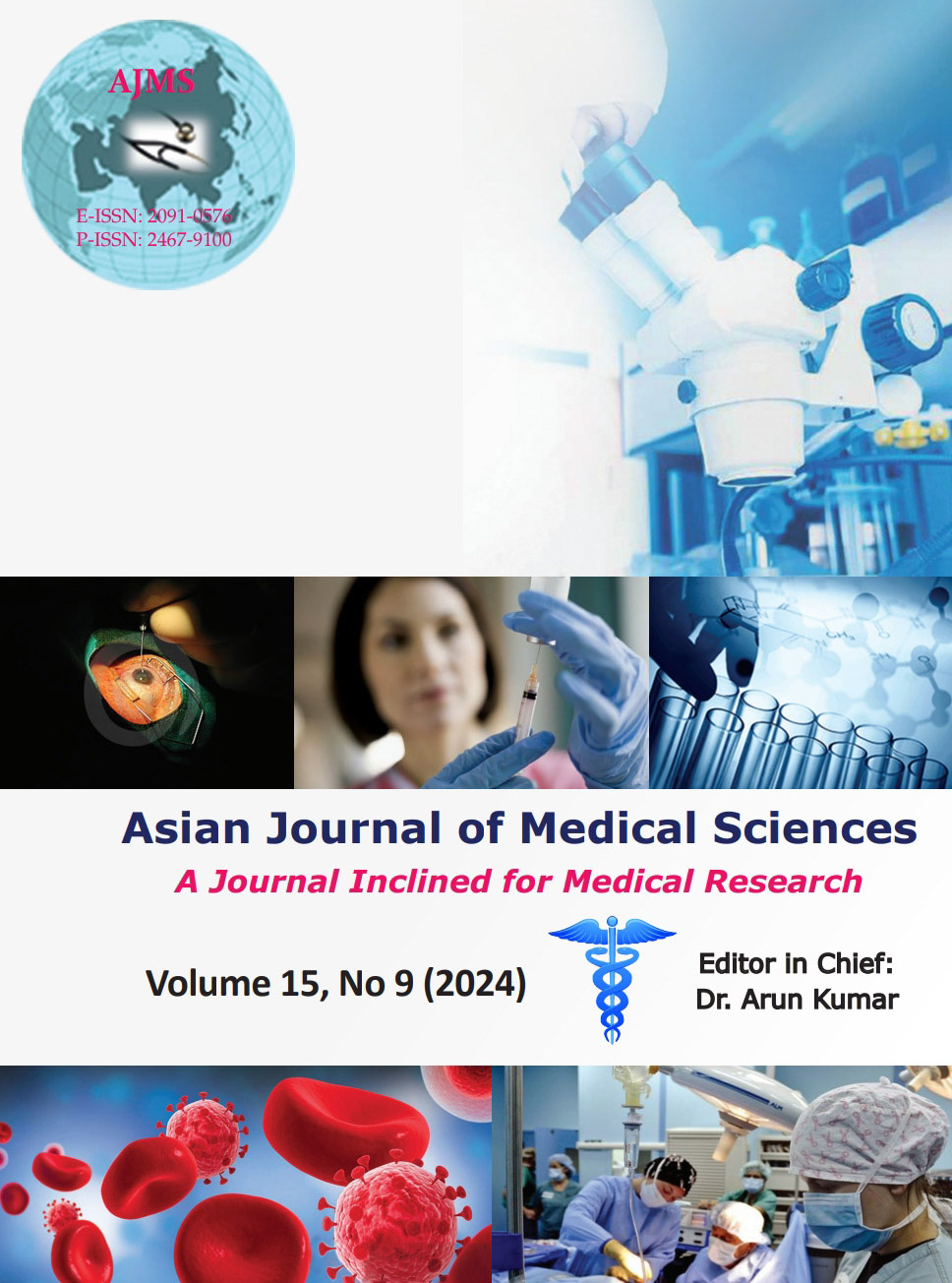Adherence to the post-exposure prophylaxis among animal bite patients attending rabies clinic at tertiary care hospital – A cross-sectional study
Keywords:
Animal bites; Anti-rabies vaccine; ComplianceAbstract
Background: Rabies is an acute and 100% fatal viral disease transmitted to humans through the bite or lick of an infected animal. It can be successfully prevented if a complete course of anti-rabies vaccine (ARV) is taken following an animal bite. The present study reveals the compliance of animal bite victims to post-exposure prophylaxis (PEP).
Aims and Objectives: The objectives of the study are as follows:(1) To determine the adherence to PEP among animal bite victims and factors influencing it.
Materials and Methods: A retrospective record-based cross-sectional study was conducted at the anti-rabies clinic of VIMS Hospital Ballari. Information regarding sociodemographic variables, animal bite history, category of bite, treatment received, and completion of ARV schedule of all the animal bite cases were collected from the animal bite register and treatment card during the period from July 2023 to December 2023.
Results: Out of the total 350 animal bite victims, all of them received the first dose of vaccine, 86.28% completed two doses, 72% completed three doses, and only 51.14% completed the schedule by taking all four doses, 37% of them completed the schedule without any delay, 14% delayed one or more doses, and the rest 49% did not complete the schedule.
Conclusion: Adherence to PEP is a dire necessity as rabies is a fatal disease. Counseling the animal bite victims about the importance of adhering to the complete PEP schedule at the time of administering the first dose of vaccine is crucial.
Downloads
Downloads
Published
How to Cite
Issue
Section
License
Copyright (c) 2024 Asian Journal of Medical Sciences

This work is licensed under a Creative Commons Attribution-NonCommercial 4.0 International License.
Authors who publish with this journal agree to the following terms:
- The journal holds copyright and publishes the work under a Creative Commons CC-BY-NC license that permits use, distribution and reprduction in any medium, provided the original work is properly cited and is not used for commercial purposes. The journal should be recognised as the original publisher of this work.
- Authors are able to enter into separate, additional contractual arrangements for the non-exclusive distribution of the journal's published version of the work (e.g., post it to an institutional repository or publish it in a book), with an acknowledgement of its initial publication in this journal.
- Authors are permitted and encouraged to post their work online (e.g., in institutional repositories or on their website) prior to and during the submission process, as it can lead to productive exchanges, as well as earlier and greater citation of published work (See The Effect of Open Access).




